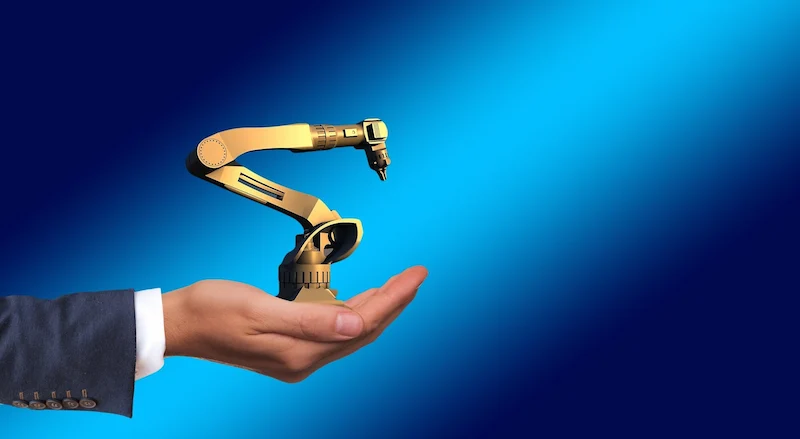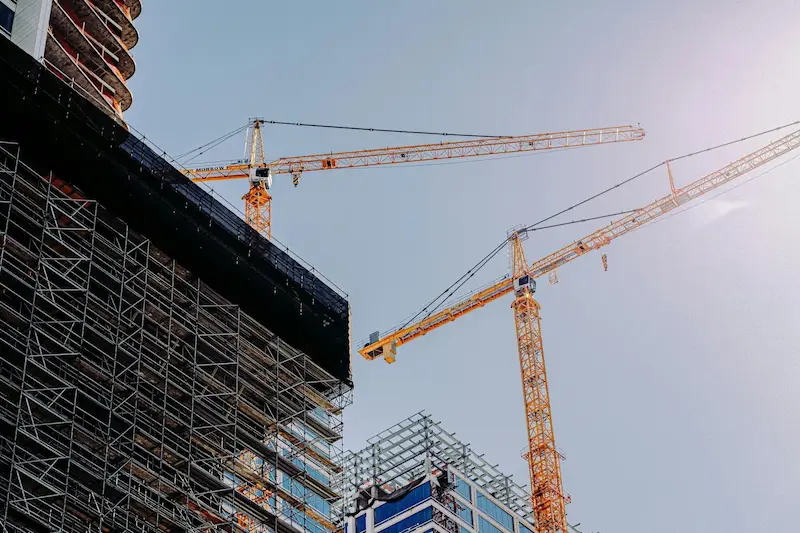Table of Contents
The landscape of industrial lifting and handling is undergoing a significant transformation. As industries strive for greater efficiency, safety, and productivity, advanced equipment is playing a pivotal role in reshaping how materials are moved and managed. From automation to smart technologies, the evolution of lifting and handling equipment is setting new standards in the industrial sector.
The Rise of Automation in Lifting Equipment
Automation has become a game-changer in industrial lifting. With advancements in robotics and machine learning, tasks that once required human intervention are now being handled by automated systems. Automated cranes, for instance, can operate with high precision and speed, reducing the time needed for lifting operations. These systems minimize human error, thereby enhancing safety on the worksite.
Moreover, automation allows for better load management by utilizing advanced technologies and algorithms. Intelligent systems can continuously monitor load weights and dynamically adjust lifting protocols in real-time, ensuring that equipment operates within safe limits and according to optimal performance standards. This capability protects workers from potential hazards by maintaining safety protocols and extends the lifespan of the machinery by preventing overuse and mechanical stress. The data collected from these systems can be analyzed to further enhance operational efficiency and predict future maintenance needs.
Ergonomics and Worker Safety
As lifting and handling equipment becomes more advanced, worker safety remains a top priority. Modern equipment is designed with ergonomics in mind, reducing the physical strain on operators. Features such as adjustable controls and automated lifting mechanisms allow workers to perform tasks with less effort.
Incorporating safety technologies like automatic shut-off systems and load monitoring enhances the protection of personnel. For instance, according to RUD Australia, when lifting chains are involved, they serve as connectors between a load and a lifting hook, typically secured to a designated lifting point on the load. This ensures that the load is stable and reduces the risk of accidents.
Smart Technologies Driving Efficiency

Smart technologies are reshaping the operational capabilities of lifting equipment. Internet of Things (IoT) devices can be integrated into cranes, hoists, and other handling equipment to provide real-time data analytics. This information helps operators make informed decisions about load handling, scheduling, and maintenance.
For instance, predictive maintenance systems use sensors to monitor the condition of lifting equipment. By analyzing data on wear and tear, these systems can alert operators to potential issues before they lead to equipment failure. This proactive approach reduces downtime and saves costs associated with emergency repairs.
Versatility in Application
The versatility of advanced lifting equipment is another factor driving its adoption across various industries. Industries ranging from construction to manufacturing can benefit from specialized lifting solutions tailored to their specific needs. Customizable lifting systems can handle diverse loads and can be adapted for different environments.
For example, in construction, modular lifting systems can be reconfigured to accommodate various projects. In warehouses, automated pallet jacks can efficiently move goods while optimizing storage space. This flexibility enables companies to maximize productivity and streamline their operations.
Sustainability and Environmental Impact
The industrial sector is increasingly focused on sustainability, and advanced lifting equipment contributes to this goal. Energy-efficient machines are designed to consume less power without compromising performance. Electric cranes and hoists, for instance, reduce carbon emissions compared to their diesel counterparts.
The integration of renewable energy sources into lifting systems is gaining traction. Solar-powered lifting equipment is being utilized in remote locations, reducing reliance on traditional energy grids. By adopting greener technologies, companies can lower their environmental footprint while also benefiting from cost savings in energy consumption.
Challenges and Considerations
While the transformation of lifting and handling equipment presents numerous advantages, it is not without challenges. The initial investment in advanced technologies can be substantial. Companies must weigh the costs against the potential long-term savings and efficiency gains.
Training staff to operate and maintain new equipment is also crucial. As technology evolves, ongoing education and skill development become essential to ensure that employees can effectively use advanced lifting systems. Organizations must foster a culture of safety and innovation to fully realize the benefits of these advancements.
The transformation of industrial lifting and handling through advanced equipment is reshaping how materials are managed across various sectors. Automation, smart technologies, and ergonomic designs enhance efficiency and safety while promoting sustainability. Although challenges exist, the long-term benefits of investing in modern lifting solutions are clear. As industries continue to evolve, the role of advanced lifting equipment will only become more significant in driving productivity and safety in the workplace. Embracing these innovations will prepare companies to meet the demands of a rapidly changing industrial landscape.
Want to explore something different? Essential Gear for Your Next Caravan Adventure: What You Can’t Forget

